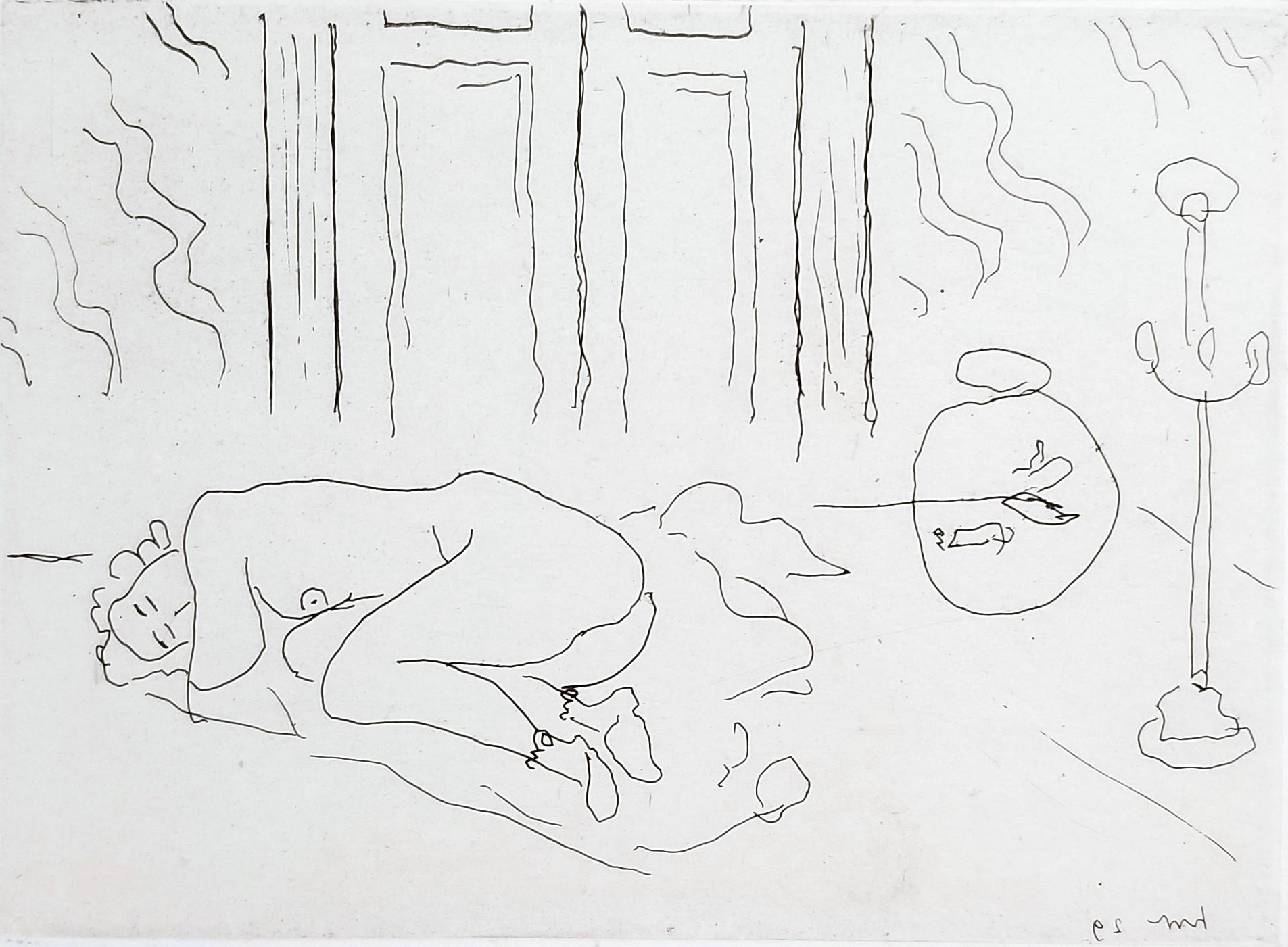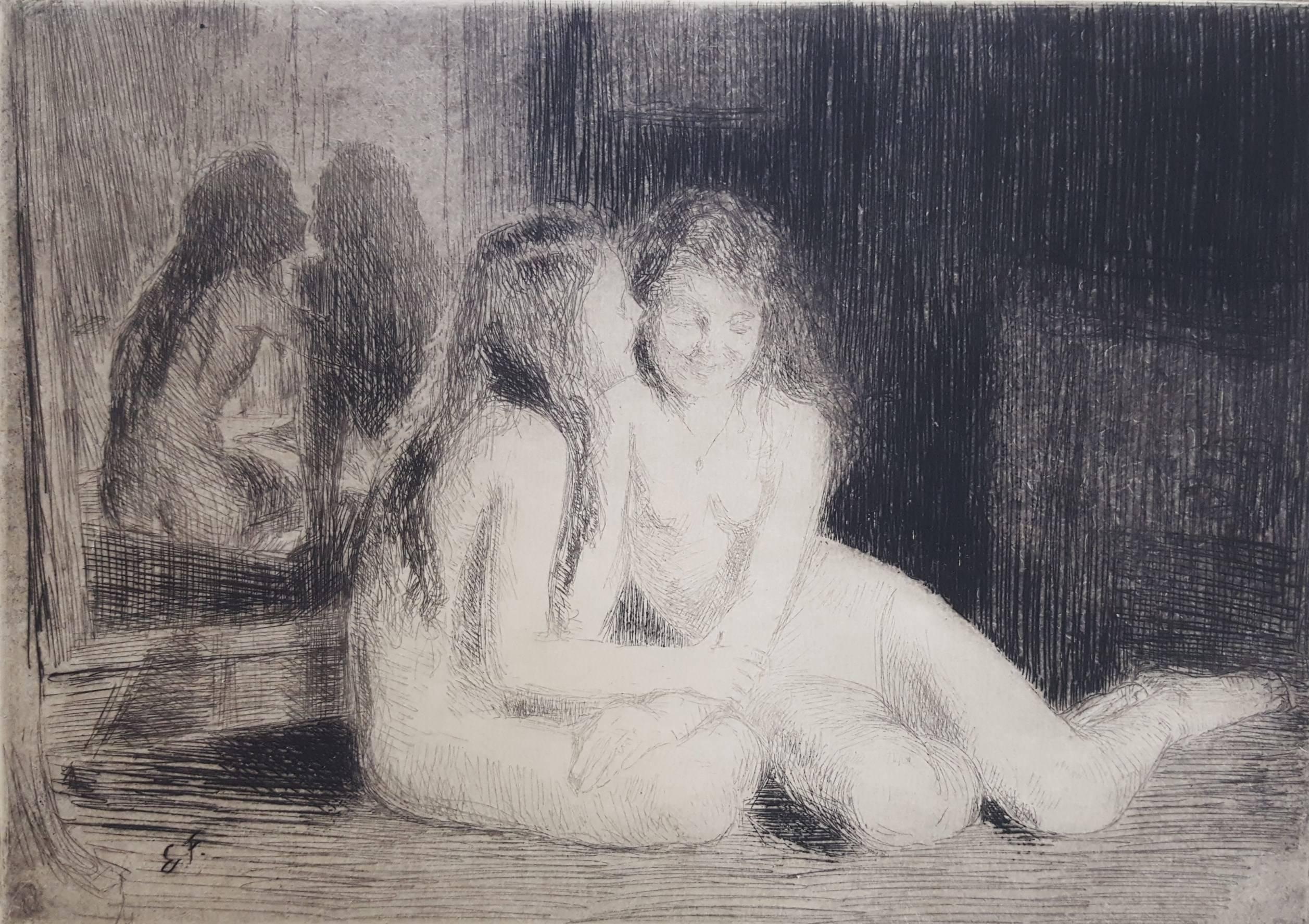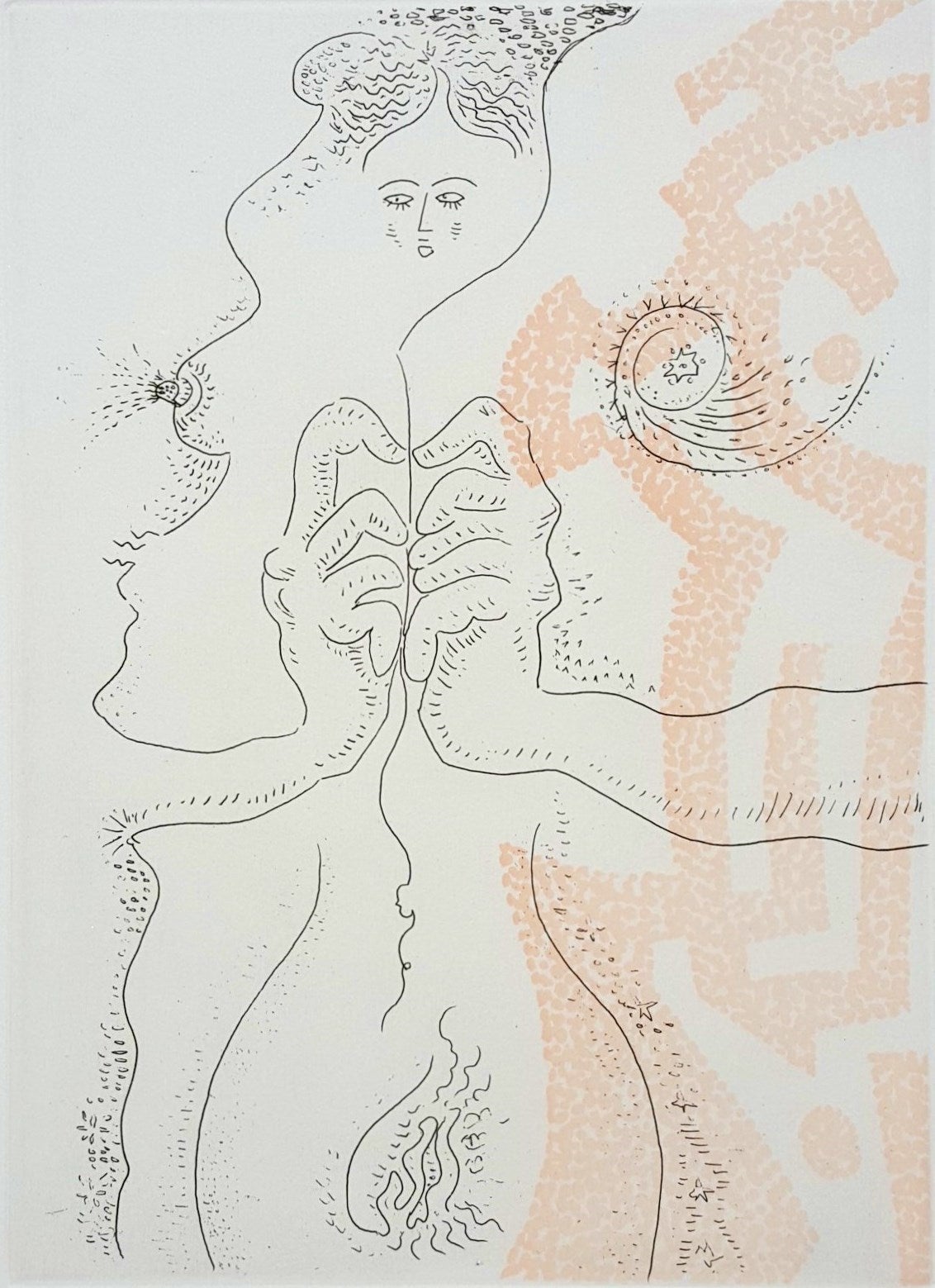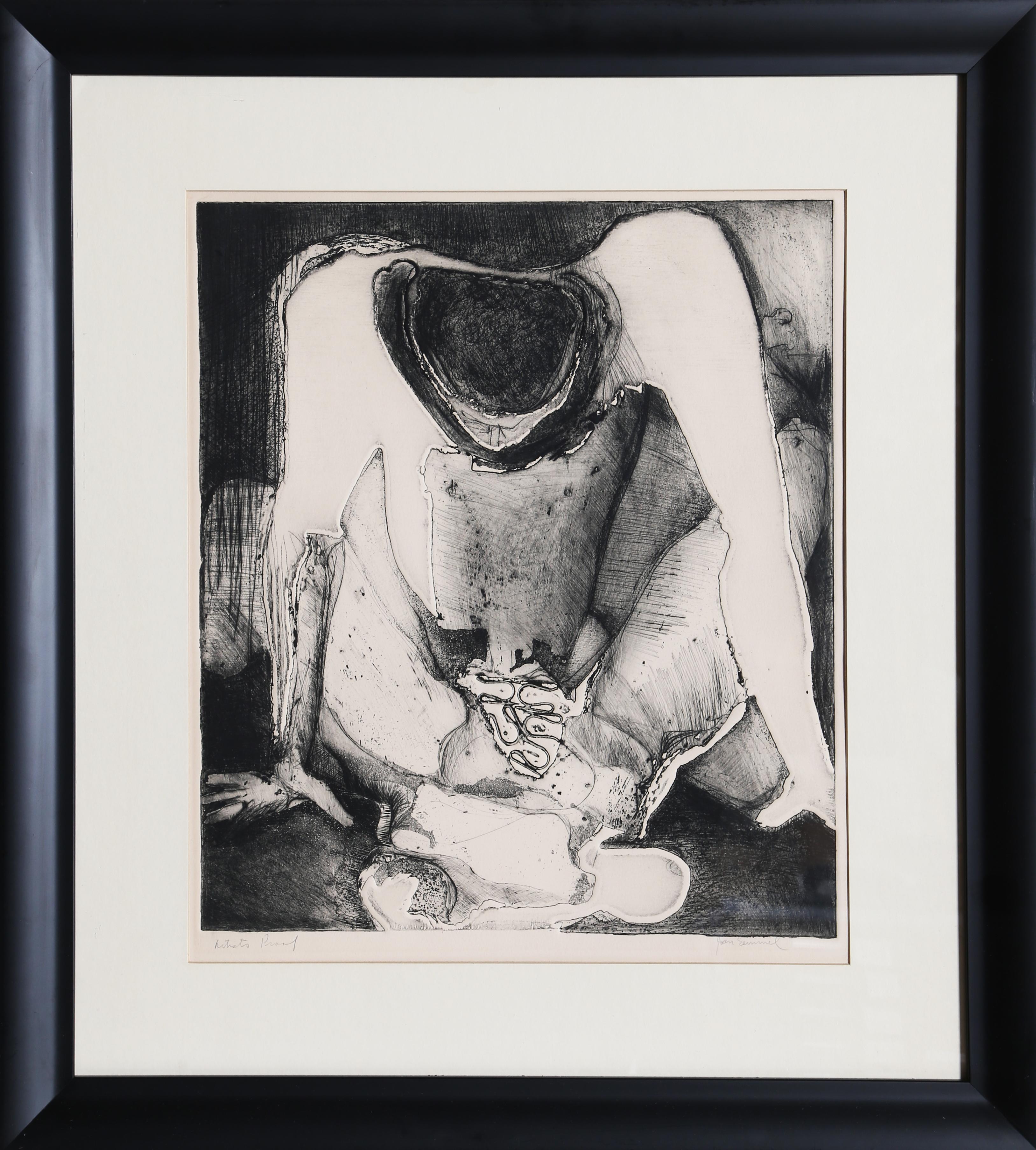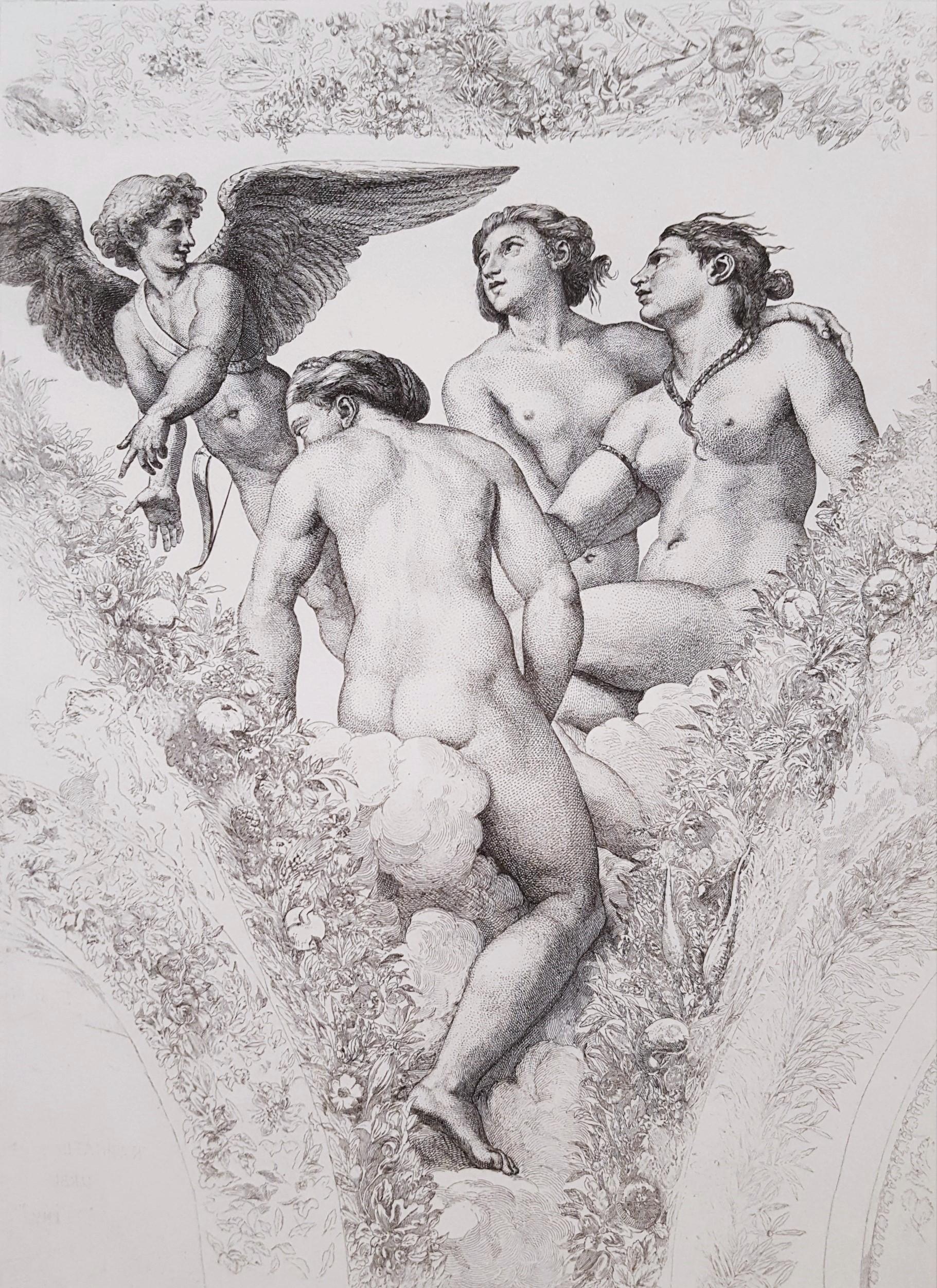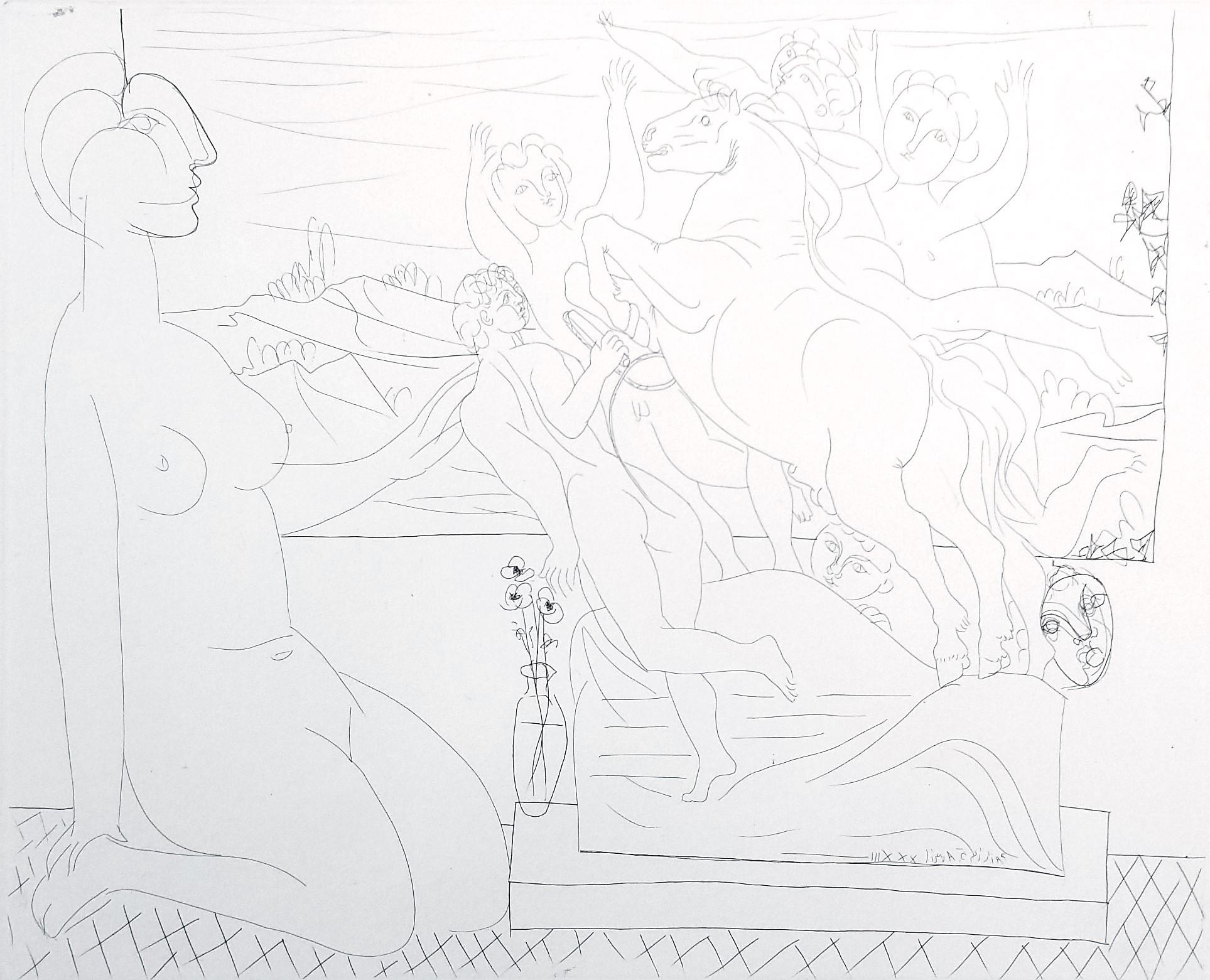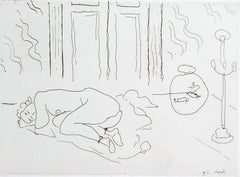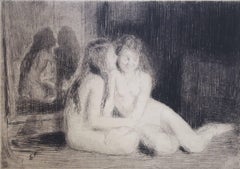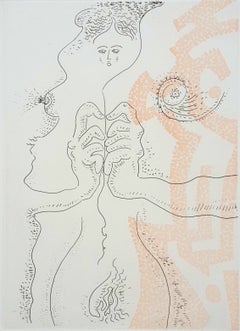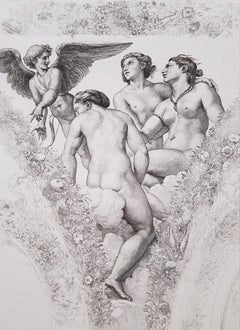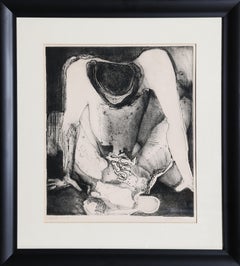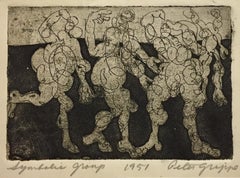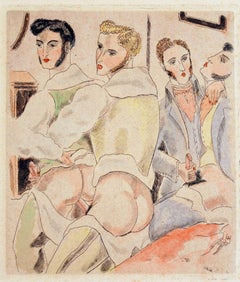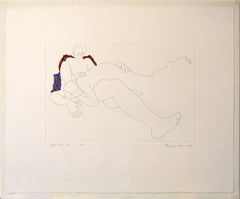Henri MatisseFigure Allongée devant un Carrelage (Figure Lying in front of a Tiled Floor)1929
1929
About the Item
- Creator:Henri Matisse (1869-1954, French)
- Creation Year:1929
- Dimensions:Height: 18.38 in (46.69 cm)Width: 21.38 in (54.31 cm)
- Medium:
- Movement & Style:
- Period:
- Condition:
- Gallery Location:Saint Augustine, FL
- Reference Number:1stDibs: LU12127263402
Henri Matisse
Whether working as a draftsman, a sculptor, a printmaker or a painter, Henri Matisse was a master of color. Although classically trained at the Académie Julian, in Paris, he quickly abandoned traditional techniques and genres to pioneer a style all his own, marked by quick, gestural strokes and fluid contours.
Along with fellow painter André Derain, Matisse was the leading proponent of Fauvism, a movement whose name is derived from the French word for "wild beast.” Marked by vibrant hues, Fauvist paintings like Matisse’s famous 1906 composition Le Bonheur de vivre use wild, active brushstrokes and a palette unconstrained by nature, resulting in women with purple skin and trees with orange leaves. Often, these compositions unite pure color with the white of exposed canvas to create a sense of transparency and light.
In addition to masterful landscapes and still lifes, Matisse loved to paint erotic subjects, particularly the female nude. Rejecting strict realism, he distilled the form into its essential parts and then translated these into voluptuous, rounded contours. With its striking colors and sculptural modeling of the figure, Odalisque couchée aux magnolias is among Matisse’s most famous works — and the most expensive work of his ever sold — depicting Henriette Darricarrère, his muse and favorite model for around seven years, lounging luxuriously in his Nice studio. In pictures like the lithograph Nu Bleu, he explored the expressive power of a body in motion by placing his figures in twisted or contorted poses, transforming their limbs into tangles of color and shape that push figure painting toward abstraction.
Find original Henri Matisse prints, sculptures and other art on 1stDibs.
- ShippingRetrieving quote...Shipping from: Saint Augustine, FL
- Return Policy
More From This Seller
View All1920s Modern Nude Prints
Etching, Intaglio
1910s Impressionist Nude Prints
Etching, Drypoint, Intaglio
1970s Surrealist Nude Prints
Etching, Intaglio, Aquatint
1880s Old Masters Nude Prints
Etching, Intaglio
1930s Cubist Nude Prints
Laid Paper, Etching, Intaglio
1960s Surrealist Nude Prints
Etching, Aquatint, Intaglio
You May Also Like
1960s Nude Prints
Etching, Intaglio
1950s American Modern Figurative Prints
Intaglio
Early 20th Century Modern Figurative Prints
Etching
1970s American Modern Nude Prints
Acrylic, Etching
1960s Modern Figurative Prints
Etching
1930s Modern Nude Prints
Etching
Recently Viewed
View AllRead More
At MoMA, Matisse’s Famed ‘Red Studio’ Painting Is Re-Created in Real Life
The French artist's expressive depiction of his atelier is filled with small portrayals of his other works. Now, those pieces are sharing a room with the canvas for the first time since Matisse painted it.
Joan Mitchell’s Rare, Late-Career Diptych Buzzes with Life
Beneath the inky blackness, the painter’s irrepressible energy electrifies this pair of intaglio prints.
